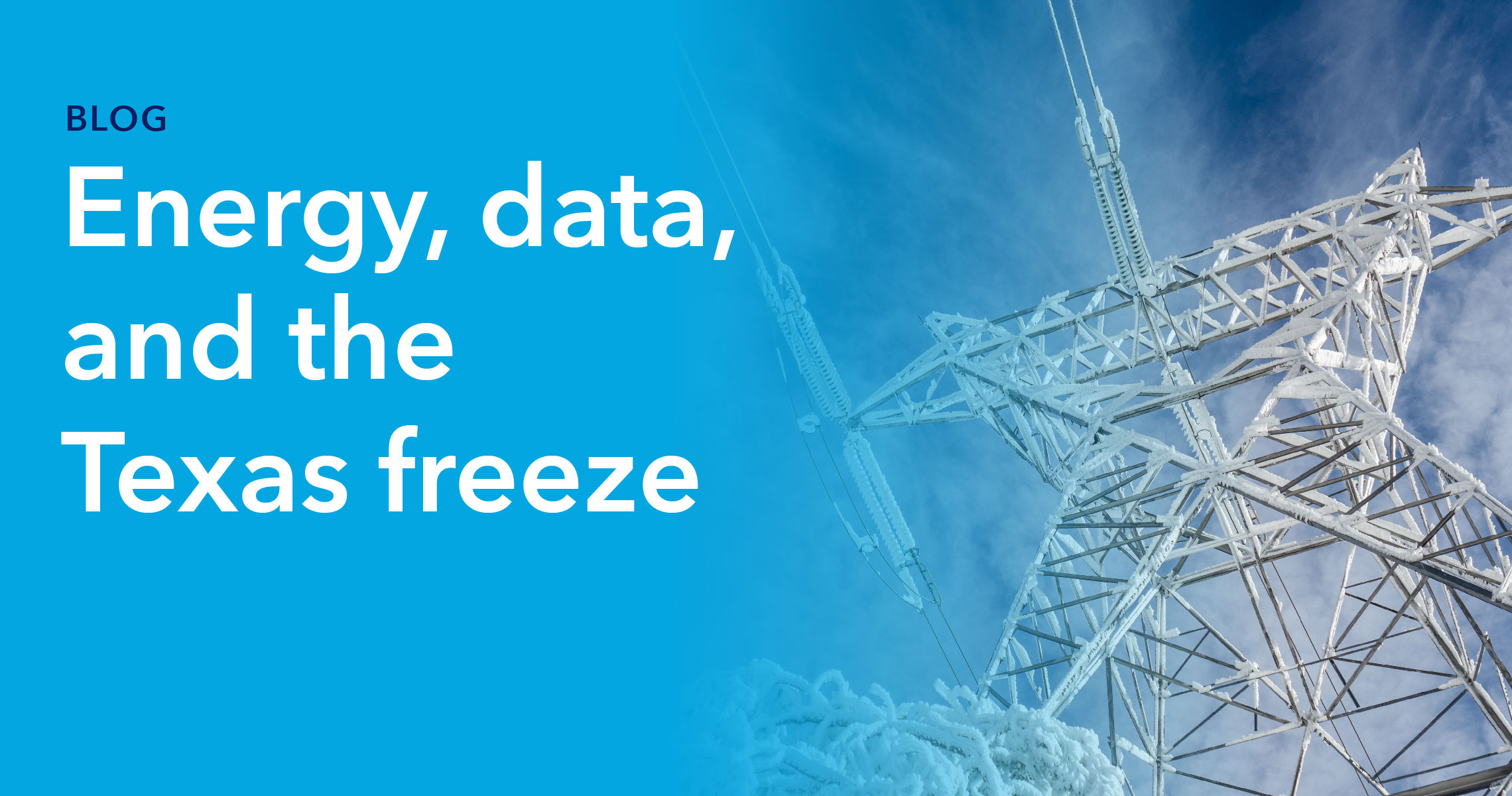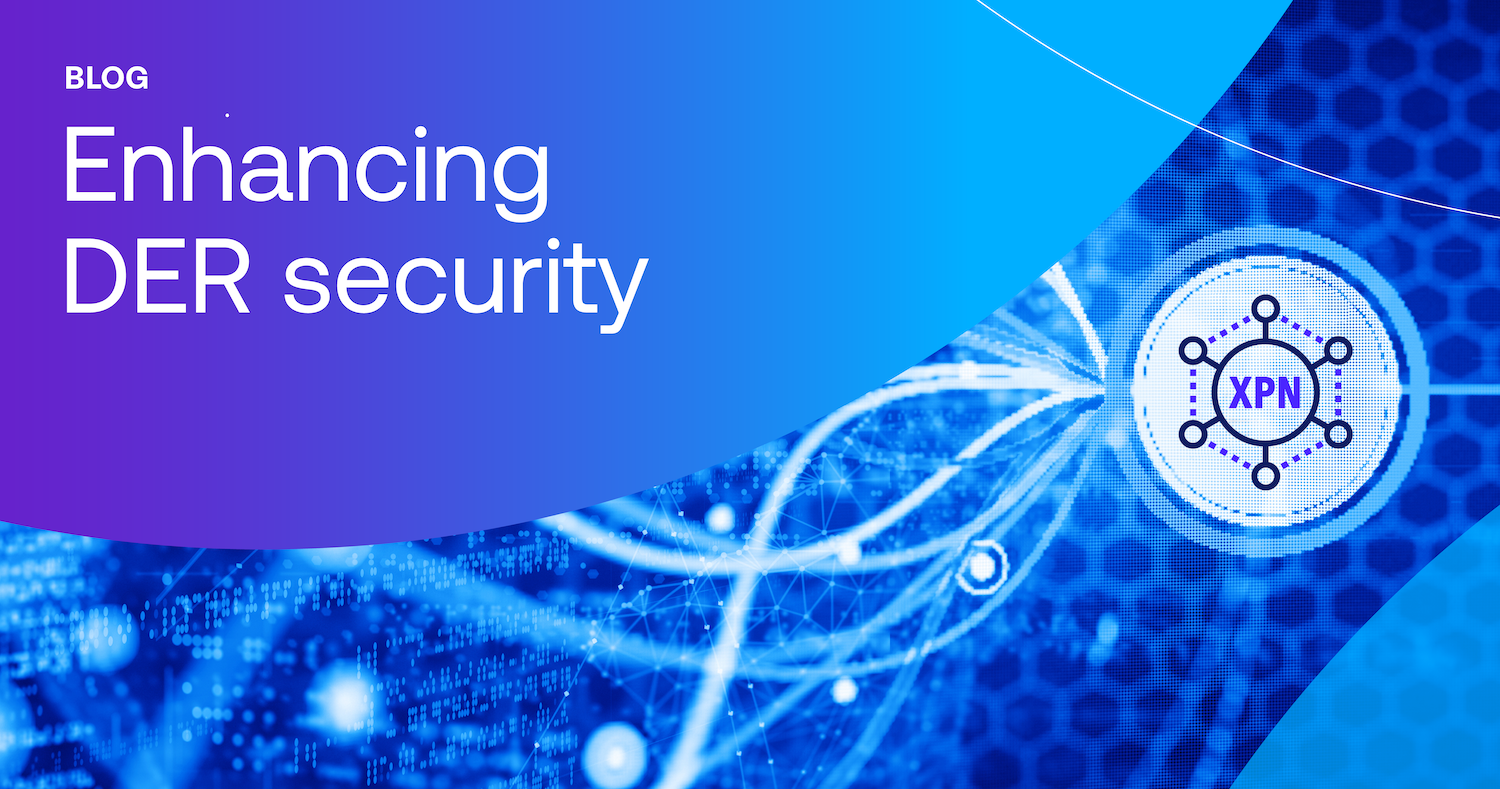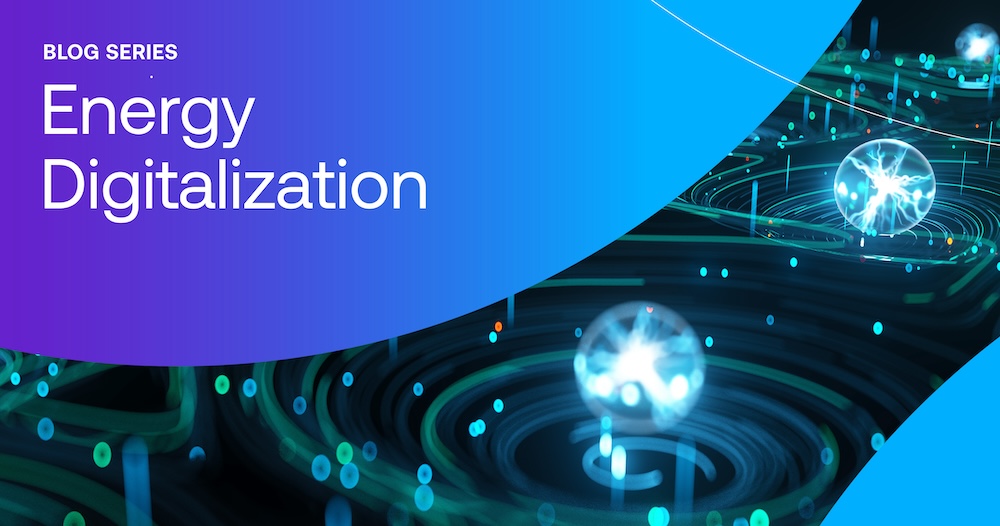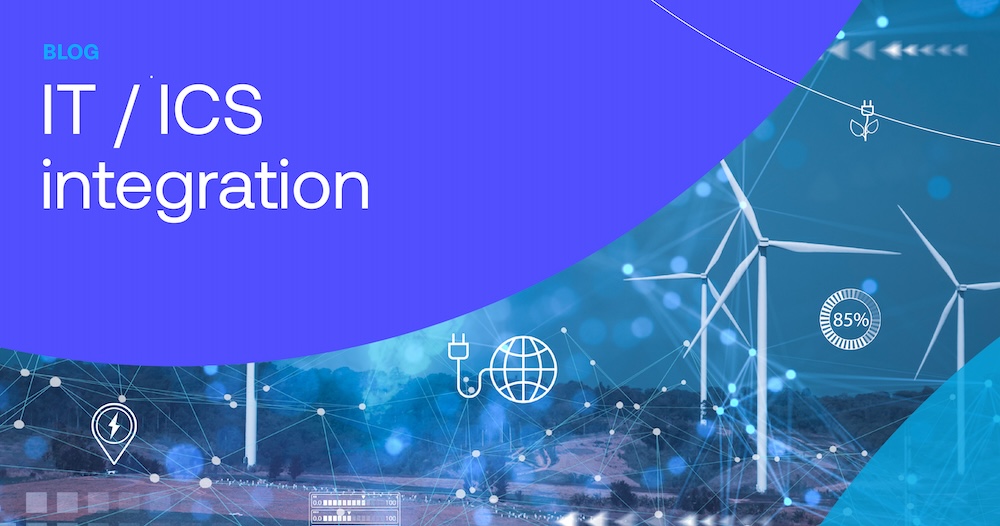- During the Texas winter storm, the state’s grid operator took action to reduce electrical load, resulting in massive power outages.
- Using energy data efficiently could have helped scale critical infrastructure and reduced the impact of the Texas Freeze.
- Energy data is varied, housed in different locations, and sensitive in nature—which leads to complications around its management.
- The Intertrust Platform enables secure exchange and collaboration across diverse energy datasets with governed data execution.
In the week of February 14, 2021, severe winter weather in Texas caused the worst energy shortages in the United States since 2003. As Winter Storm Uri raged on, the ensuing power outages took down almost half of Texas’ power plants, left millions of people without water, power, and heat, and caused total electricity charges to rise by $47 Billion.
Some were quick to place the blame on “frozen wind turbines,” as well as other forms of renewable energy. The typical political response was partisan. The actual situation was more nuanced—a combination of bad luck and lack of planning. While the storm was severe, its impact could have been lessened through better energy data management. Access to the right historical and real-time data—and the ability to collaborate on said data—would have allowed decision makers to respond proactively rather than reactively.
A cold confluence
Texas customers largely rely on electricity for heat, so demand for electricity in Texas grows rapidly in winter conditions than in other states. Unfortunately, since cold winters are not common in Texas, most buildings and systems aren’t well insulated. Additionally, most electric heating systems become inefficient in colder conditions. During the storm, this lack of weatherization was compounded by difficulty in sharing energy resources.
As the cold front hit, electricity demand skyrocketed. In contrast to communications during California’s rolling outages in the summer of 2020, ERCOT, Texas’ grid operator, provided limited and inconsistent information. Without a centralized communication hub, and with no easy way to collaborate on data, power stations began to shut down.
Texas uses natural gas as its primary source of electricity, for as much as 60% of electric capacity in such conditions. Because of low pressure in the gas pipelines during the storm, nearly 40% of natural gas capacity suddenly became unavailable. Electricity was also cut off to water systems, which were then further compromised by frozen and broken pipes.
The need for data-driven solutions
Putting political or financial issues aside, simply having quicker and more reliable, trustworthy ways for stakeholders to collaborate over energy data would have facilitated a speedier crisis response.
Here’s how better energy data management and collaboration would have helped:
- Better understanding and proactive information from natural gas wells from sensors. Sensor readings from these wells could have sent out proactive alerts when temperatures fell.
- Data systems collecting data automatically and cost-efficiently from historical, current and external data sources. With this data, AI/ML-powered analytics could have preemptively detected potential problems.
- Better data communication technologies would have ensured timely, secure, and properly formatted messaging and reporting.
The role of interoperable and trusted data systems
With so many different stakeholders and disparate systems, the communication lapses throughout the Freeze were not surprising. Complicating coordination is the nature of energy data. Energy data and documentation is often stored in different databases, locations, and in different formats, each with their own interfaces and access rules and rights. This makes energy data orchestration and management challenging even in the best of circumstances. These challenges include:
- Energy data is too complicated to manage technically, since it comes from diverse sources, including IoT sensors, weather and climate related datasets, and traditional databases.
- The data might be housed in disparate systems that don’t interoperate efficiently, or at all.
- Multiple organizations with different data access rules can be the data owners.
- Loss or theft imperil the data during movement for analysis or reporting.
- Energy data contains sensitive information, requiring adherence to complex regulations.
The good news is that solutions already exist for energy ecosystem stakeholders to allow trusted communication and exchange of energy data.
Enter Intertrust
Intertrust has solutions for ingesting, visualizing, and forecasting global climate and proactively predicting weather events. Intertrust’s Planet OS Datahub is an environmental data service which provides access to the world’s premier weather, climate, and environmental datasets. It indexes over 2,200 different variables, with historical and forecast data, global data, and region-specific data. Scientists and environmental engineers can securely integrate climate and weather data into data-driven workflows and use it for weather modeling, risk forecasting, predictive maintenance, and more.
Intertrust also offers a platform that can integrate disparate datasets, including those from IoT sensors atop wind turbines, voltage substations, and fleet maintenance vessels. The data streams are protected and made available in secure cloud-based analytics development environments. Data analysts and scientists can run algorithms against such immutable data to derive valuable insights.
These solutions are part of the Intertrust Platform, which is purpose-built to overcome barriers to data interoperability and governance. Based on a vendor-agnostic, lightweight, and composable architecture, the Platform is a neutral fabric that protects data exchanges. Specifically, it enables multiple stakeholders to plan and accelerate the interconnection process by making energy data securely available for collaboration. With Intertrust, energy companies can:
- Select which data can be accessed by which partner
- Limit access to specific datasets
- Keep track of data accesses and users
- Enforce compliance with all applicable laws, such as GDPR
Conclusion
The road to recovery in Texas will be a long one, especially as the deadly outages continue to take their toll. Hopefully, the lessons from the storm can help mitigate the impact of future catastrophic weather events. Understanding the importance of energy data will be part of the process, especially since the new, data-driven grid requires secure collaboration and interoperability. This will come into play as energy companies continue to modernize communications, upgrade data management processes and tools, and plan for more capacity reserves,
Learn more about Intertrust Energy Data Operations or get in touch with our team.
About Shamik Mehta
Shamik Mehta is the Director of Product Marketing for Intertrust's Data Platform. Shamik has almost 25 years of experience in semiconductors, renewable energy, Industrial IoT and data management/data analytics software. Since getting an MSEE from San Jose State University, he’s held roles in chip design, pre-sales engineering and product and strategic marketing for technology products, including software solutions and platforms. He spent 6 years at SunEdison, once the world's largest renewable energy super-major, after spending 17 years in the semiconductor industry. Shamik has experience managing global product marketing, GTM activities, thought leadership content creation and sales enablement for software applications for the Smart Energy, Electrified Transportation and Manufacturing verticals. Shamik is a Silicon Valley native, having lived, studied and worked there since the early 90’s.




